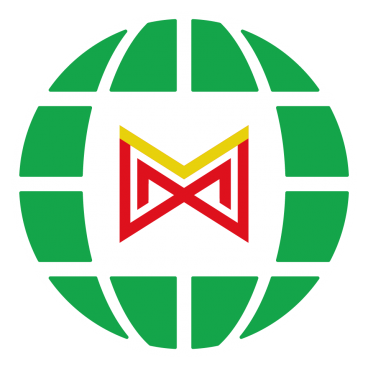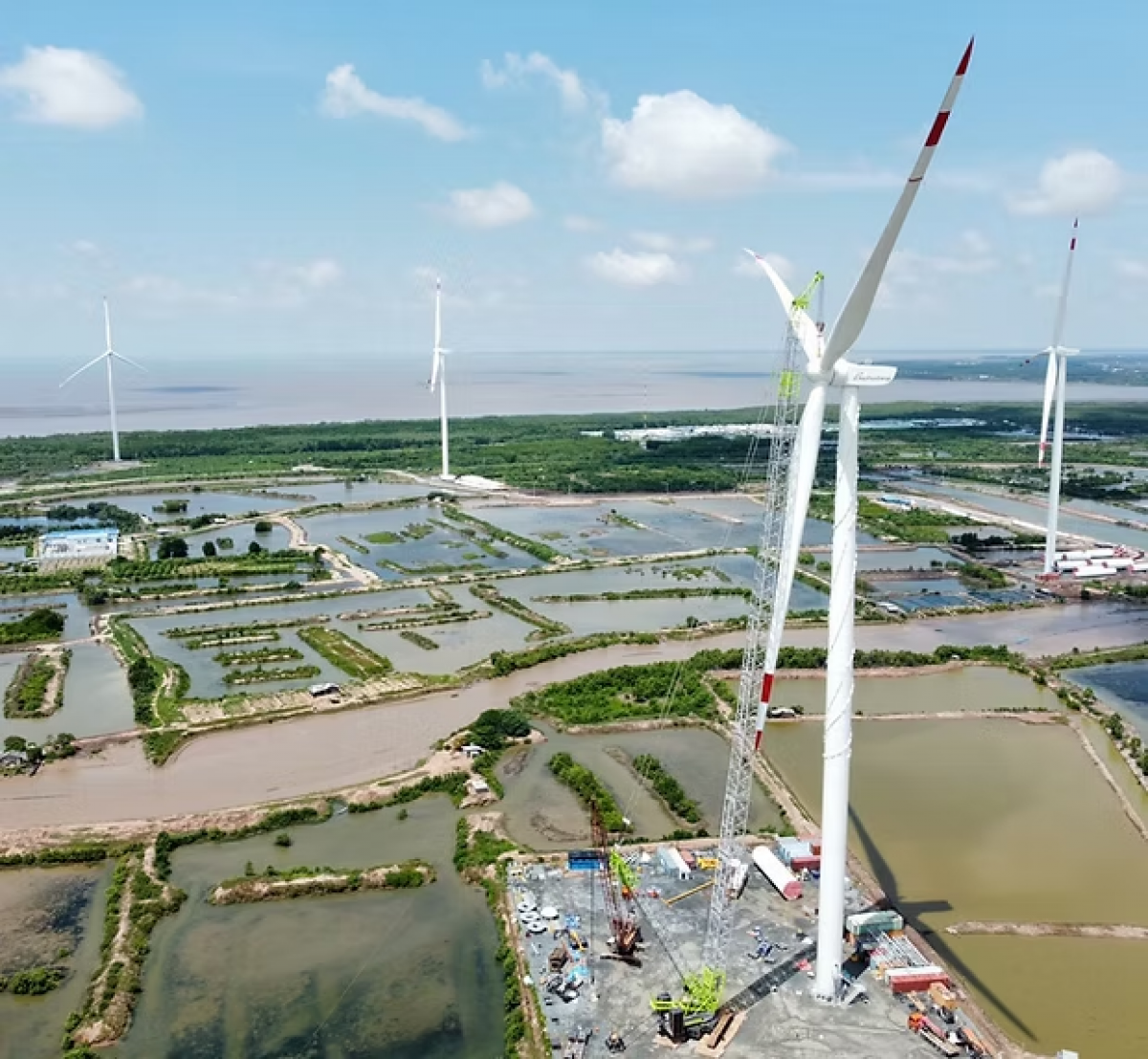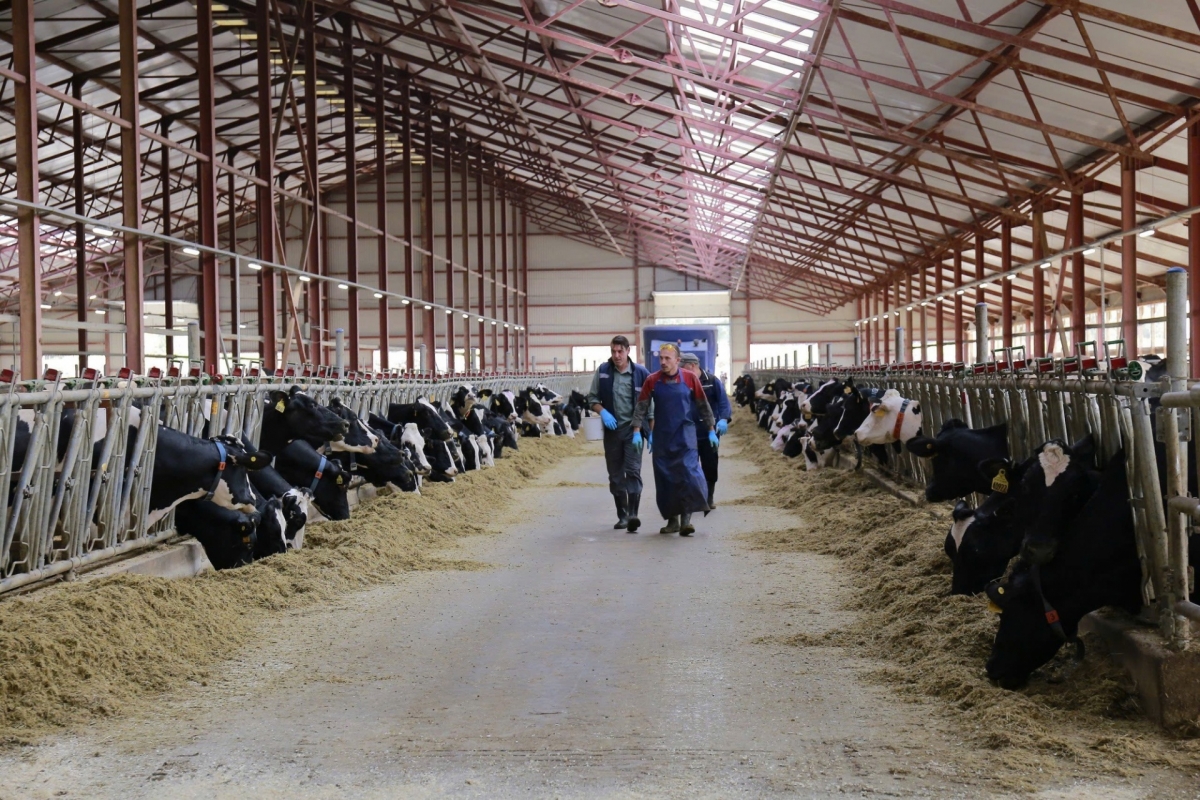INTERNATIONAL INVESTMENT
AND PORTAL
Non-farm payrolls (NFP) are an important economic indicator for the US economy. Therefore, the release of NFP data often causes big fluctuations in the market. Can you tell us about the major changes in NFP and what action the Fed is expected to take next?
 Trinh Ha, a financial market analyst from Exness Investment Bank
Trinh Ha, a financial market analyst from Exness Investment Bank
In September, the US economy added far more jobs than expected, pointing to a vital employment picture as the unemployment rate edged lower. After a revised 159,000 in August, NFP increased by 254,000 in September, exceeding the 150,000 Dow Jones consensus estimate.
After more positive information about the labour market, the Purchasing Managers’ Index, retail sales, and the consumer price index (CPI) decreased faster than expected and showed that the US economy is still strong. Especially, information from Fed officials confirmed that there is no need to cut too quickly.
The NFP news from on October 10 made the core CPI increase again, further confirming that the trend of interest rate cuts will slow down to 0.25 per cent in November and December. Even if the following figures are good, it can slow down the possibility of interest rate cuts even more.
Moreover, Fed members have agreed to end the monetary tightening cycle and are outlining a roadmap for interest rate cuts from the third quarter of 2024 onwards. The Fed’s next monetary policy meeting will take place on November 6-7, and it is expected to cut rates by 25 basis points in two meetings in November and December. Sometime after that, Asian central banks will also cut rates, helping to eliminate exchange rate pressure and creating room for Vietnam to lower interest rates.
China rolled out some very strong stimulus packages, so what exactly are these stimulus packages?
The People’s Bank of China (PBOC) announced a series of large-scale economic support policies, including lowering operating interest rates, lending rates, reducing the minimum payment ratio for second-home loans, and opening up access to capital for securities, insurance companies, and investment funds to buy stocks and bonds.
Specifically, the PBOC will cut banks’ reserve requirement ratio by 0.5 percentage points, freeing up ¥1 trillion (about $142 billion) for new loans. This will allow the yuan to rise to its highest level in 16 months against the US dollar. The new stimulus policies were announced as calls for Beijing to revive its flagging growth momentum have grown. The world’s second-largest economy has yet to see a clear recovery in growth due to a prolonged property crisis, sluggish domestic consumption and an increasingly bitter trade conflict.
Stimulus measures from the world’s second-largest economy continue to be one of the most watched moves in the global market. China’s finance minister announced a large-scale financial stimulus package worth more than $300 billion. The continuous stimulus packages into the capital, real estate, and consumer markets show that China is making great efforts to achieve its GDP growth target of about 5 per cent in 2024.
In the last three months of the year, China will issue the equivalent of more than $325 billion in special bonds to support large-scale banks, support the real estate market, and implement subsidy programmes for the poor. In the real estate sector alone, China will apply policy tools including local government special bonds, special funds, and taxes. China’s home loan interest rates are currently among the lowest in major economies.
Some banks have announced detailed measures that will take effect from October 25 to adjust interest rates on old mortgages, helping to ease the burden on millions of homebuyers. Following the PBOC’s policy, successive interest rate cuts have reduced banks’ profit margins to just over 1.54 per cent.
However, these measures may have to wait until next year to have a real impact on the market.
What impact do the current world fluctuations have on the Vietnamese market?
The dollar index has recovered well with good numbers in the US labour market. The question is whether the dollar will increase slightly, and if the exchange rate will be pressured or not.
In my opinion, this is not a factor to worry about too much because the US is still in the process of cutting interest rates. If the US labour market remains strong and inflation remains, the dollar will maintain its strength, but there is not much risk of it increasing strongly again.
Vietnam has one of the highest economic openness levels in the world. Geopolitical fluctuations and developments in the world’s economic locomotives will affect Vietnam’s economy. The Fed’s interest rate cut also causes foreign-invested enterprises to tend to convert USD into VND. These enterprises have revenue and expenditure in both USD and VND.
To maximise benefits, enterprises often calculate the position between USD and VND. When the Fed keeps interest rates high, these enterprises will keep capital in USD to take advantage of high interest rates to optimise benefits.
However, when the Fed cuts interest rates, interest rates with the USD position are no longer as attractive as before and the USD will tend to depreciate against other currencies.
This makes holding USD less attractive than before. Therefore, foreign-funded enterprises will tend to shift this capital flow to Vietnam. This could increase the supply of foreign currency and further strengthen confidence in VND.
In addition, with the previous high interest rates, the interest rate gap between USD and VND is high, so indirect capital flows will shift to USD to seek profits.
When the Fed cuts interest rates, the pressure on the exchange rate will encourage foreign capital flows to return. This will not only help the stock market recover but also draw in more foreign investment.
The impact of interest rate cuts on exports may be more complicated, however. Normally, when the US makes an adjustment, it will put pressure on exports to the US market because Americans have to spend more money to buy goods from abroad.
However, for Vietnam, its main export industries tend to import raw materials from abroad for production or processing and then export. This activity creates revenue and expenditure flows in USD, but with different revenue/expenditure times.
With a falling exchange rate, it may create an advantage in reducing the cost of purchasing raw materials from abroad, but it puts pressure on export demand due to increased selling prices. This impact may be difficult to predict.
In addition, for US consumers, the Fed’s decision to reduce lending interest rates helps reduce the cost of purchasing goods in the US. This increases consumer demand in the US market.
Meanwhile, the United States is Vietnam’s largest export market worldwide. Therefore, export demand to this market may increase, promising a bright future for key industries.
 Vietnam well-positioned for US groups
Vietnam well-positioned for US groups
Interest from the United States is riding high after trade ties were advanced just under a year ago. Winnie Wong, vice chairwoman of the American Chamber of Commerce in Ho Chi Minh City, spoke with VIR’s Bich Ngoc about the recent wave of US investment into Vietnam.
 US-Vietnam status to be further reinforced
US-Vietnam status to be further reinforced
Vietnam and the United States are set to further bilateral ties, especially in trade and investment, with the latter supporting the former in semiconductor development.
 US groups urged to invest in core sectors
US groups urged to invest in core sectors
Vietnam and the United States are materialising their Comprehensive Strategic Partnership via boosting trade and investment ties, with growing interest from US financiers in the Southeast Asian market, especially in high technology.


















